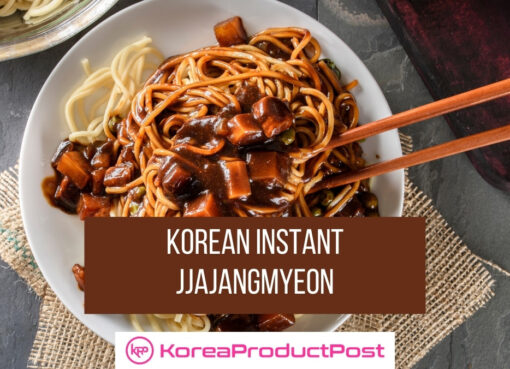Whenever we think of Asian food we go directly to Chinese, followed by sushi and Thai. But there are many other culinary offerings that come from Asia, like Korean cuisine. Korean food is now becoming more popular and getting the recognition it deserves.
Korean cuisine has evolved over the years but still, there is a lot of variation in ingredients in different regions. Even then, you can still identify the Korean cuisine as some basics remain the same, despite the region.
The cuisine contains some key ingredients around which most dishes are made. There is a large variety of accompanying ingredients, such as soy sauce, sesame oil, garlic, ginger, doenjang (fermented bean paste), cabbage, and gochujang (fermented red chilli paste).
Taste
Korean food is generally hot and spicy. This is because of ingredients like gochujang which is a fermented chilli paste. Powdered Korean red chilli (kochukaru) is also very common in many dishes. Chilli was introduced in Korean cuisine in 16thcentury and now it has become an essential part of the cuisine.
Key ingredients
There are many popular Korean dishes such as – rice, meat, seafood and vegetables. These are used to make dishes like bulgogi (Korean BBQ), galbi (grilled short ribs), bibimbap (rice and stir fry veggies), and many others.
Rice and other staples: It is the backbone of most Korean meals. In some dishes, rice is replaced by noodles. Rice itself is utilized in many ways, like porridge, rice cakes, and even wine. Soybean and mung beans are other commonly used staple crops. Soybean is converted into tofu, fermented pastes, and milk. Mung beans are used as a starch component and as sprouts.
Meat: Mainly, Korean food is focussed on beef, but pork and chicken are also very common. The most popular way of eating beef is marinating and then cooking it over a table top grill. This is commonly known as Korean barbeque or gogigui. It is one of the most well-known Korean dishes across the world. Seafood is also common in the peninsula.
Vegetables: They are also an essential part of cuisine. Vegetables are added in stews, stir-fry and other dishes in raw or pickled form. Common vegetables used include napa cabbage (in kimchi), cucumber, mushrooms, spinach, sweet potato, and Korean radish.
Side dishes – banchan
Korean food is served with many side dishes referred to as banchan. With a meal, the number of side dishes can vary from 2 to 12. These side dishes can be anything – vegetables, meat, seafood. Many side dishes are pickled, salted, or fermented, but most are spicy. They can be served at room temperature or cold depending on the dish. The most common banchan you will find in any Korean restaurant is Kimchi, and Jeon.
Korean food culture
For eating, Koreans use metal chopsticks and a spoon for soup. Korean chopsticks are shorter than Chinese chopsticks and they are not pointed at the ends like Japanese chopsticks. All the food is prepared in bite sized pieces so there is no need to use a knife. If the meat is too large, Koreans can use their chopsticks to split it into smaller pieces.
In Korean cuisine, all the dishes are served together unlike Western cuisine where there are different courses. Also, unlike the West, there is no concept of dessert. There are confectionaries like sweet rice cakes. A Korean mean generally ends with some beverage like tea. The food is served on a low table with people sitting on the floor. The table decoration is modified based on the number of items being served.
This is simply a small set of information about Korean foods. A whole cuisine is very difficult to explain in words as they can only get you so far. So, the best way to know more about it is by having it!










Comment here